Environment
Inspiring confidence through sustainable cattle production

Raising cattle and producing Canadian beef in a sustainable and environmentally and socially responsible way means conserving habitats, wetlands, and bird populations to ensure a biologically diversified ecosystem. It also means raising healthy animals and helping maintain prosperous communities across the province, for today and for future generations
What does sustainable production mean?
 The Canadian Roundtable for Sustainable Beef (CRSB) defines sustainable beef as a socially responsible, economically viable, and environmentally sound product that prioritizes the planet, people, animals, and progress.
The Canadian Roundtable for Sustainable Beef (CRSB) defines sustainable beef as a socially responsible, economically viable, and environmentally sound product that prioritizes the planet, people, animals, and progress.
The reference framework for CRSB Certified sustainable beef recognizes sustainable practices in Canadian beef production through independent certification.
Verified Beef Production Plus (VBP+) is an approved certification body for the CRSB’s Sustainable Beef Production Standard.
Credible certification affirms adherence to good practices
Consumers want more information about how their beef is raised. Not only do they want to know more, but they also want the information they receive to be verified. This is exactly what the VBP+ program offers: on-farm verification ensuring that the right pratices are implemented and that producers are treating their animals, the environment, and people properly. Verifications are conducted by external auditors.
Simple, Practical, Credible
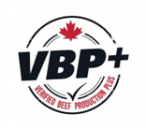
The VBP+ program aligns with on-farm HACCP requirements for beef production, the Code of Practice for the Care and Handling of Beef Cattle, the Canadian Beef Cattle On-Farm Biosecurity Standard, and the CRSB’s sustainability indicators. VBP+ certified farms receive the CRSB’s on-farm sustainable beef certification.
VBP+ verifies the following items and covers CRSB certification:
- Animal health and welfare
Whether monitoring their animals during calving and weaning or attending to handling and housing concerns, producers pay special attention to the welfare of their animals. Furthermore, rapid detection of changes in health status and administration of the appropriate interventions are routine. Producers receive guidance from their veterinarians during these processes.
- Feed
Diets adapted to each animal type are required. In the case of cattle, forage is the primary feed consumed during the animals’ lifetime. Towards the end of their time on the farm, grains (including corn) are introduced to the diet to supply the energy the animals need to grow.
- Biosecurity
Producers must deal with the introduction of diseases by implementing protocols to be followed whenever visitors come to the farm or new animals are introduced to the herd.
- Efficiency and innovation
Whether it be through new technologies used in plant-based crops, improved genetics, or smart livestock monitoring systems, efficiency and innovation are at the heart of producers’ day-to-day activities.

- Natural resources and environment
La gestion des ressources en eau et des nutriments du sol, l’amélioration de la biodiversité, la protection des habitats des espèces sauvages et la gestion de la cohabitation avec la faune sauvage font partie des exigences du programme VBP+.
- People and community
Les producteurs se soucient de la santé et de la sécurité des personnes qui travaillent à la ferme. La formation du personnel et les plans d’intervention d’urgence doivent être en place.
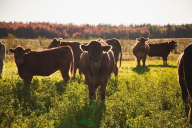
Separating fact from fiction
Greenhouse Gases
GHG emissions from Canadian beef production fell by 14% from 1981 to 2011.
What made this success possible?
- Lower mortality rates on farms
- Higher productivity (more kilograms of meat per carcass, higher conversion rates, and genetic improvement)
- Feed rations produced in Canada
- More digestible feed and replacement of corn with by-products
- More efficient manure management (agro-environmental fertilization plan [AEFP])
- Carbon sequestration in pastures
It is true that…
… the carbon footprint of cattle production is generally larger than that of other meat animals.
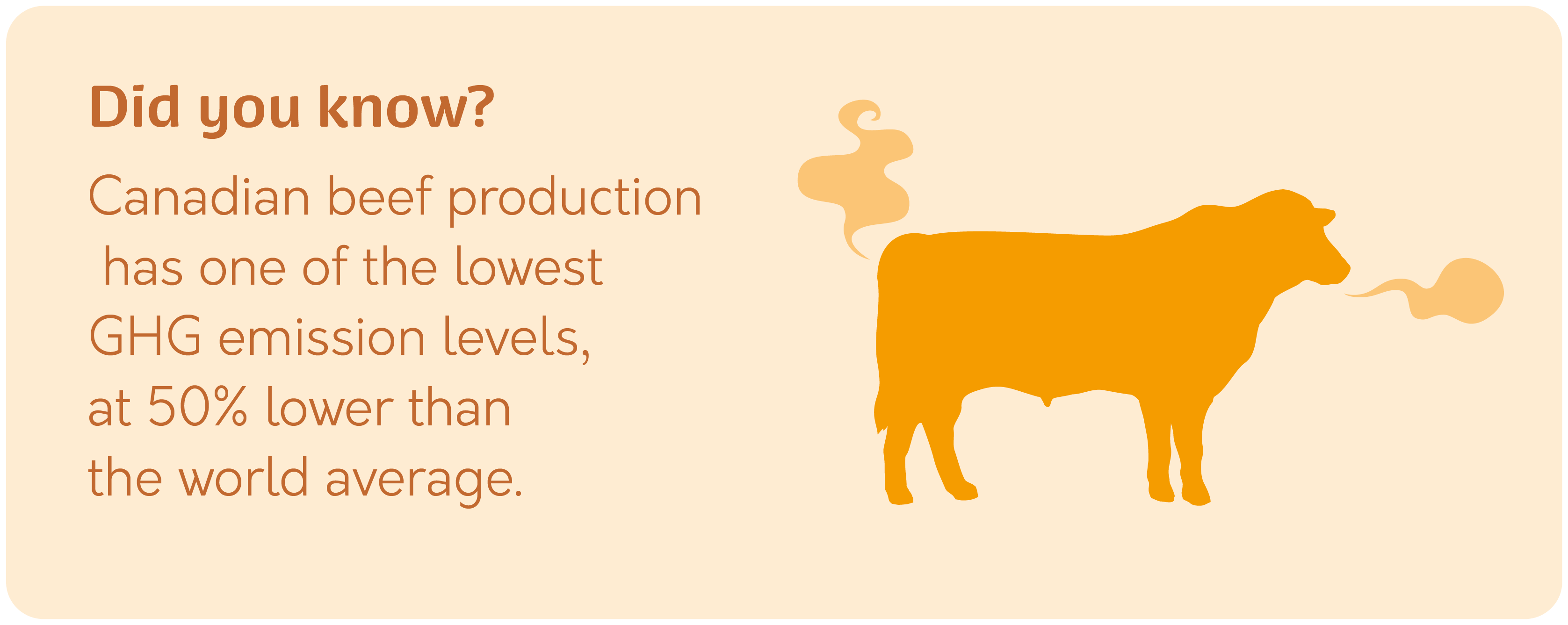
While livestock farming is indeed a source of GHGs, comparing it to transportation is not appropriate because the calculations are performed differently.
The calculation by which livestock farming generates nearly 14.7% of global GHG emissions was done using the life cycle analysis, meaning that it includes emissions from the time the animals are born to when the product is sold to consumers.
Global GHGs from transportation are estimated at 14%. This figure, however, does not account for any other GHG emissions involved (e.g., those generated from extracting the primary materials used in manufacturing, etc.).
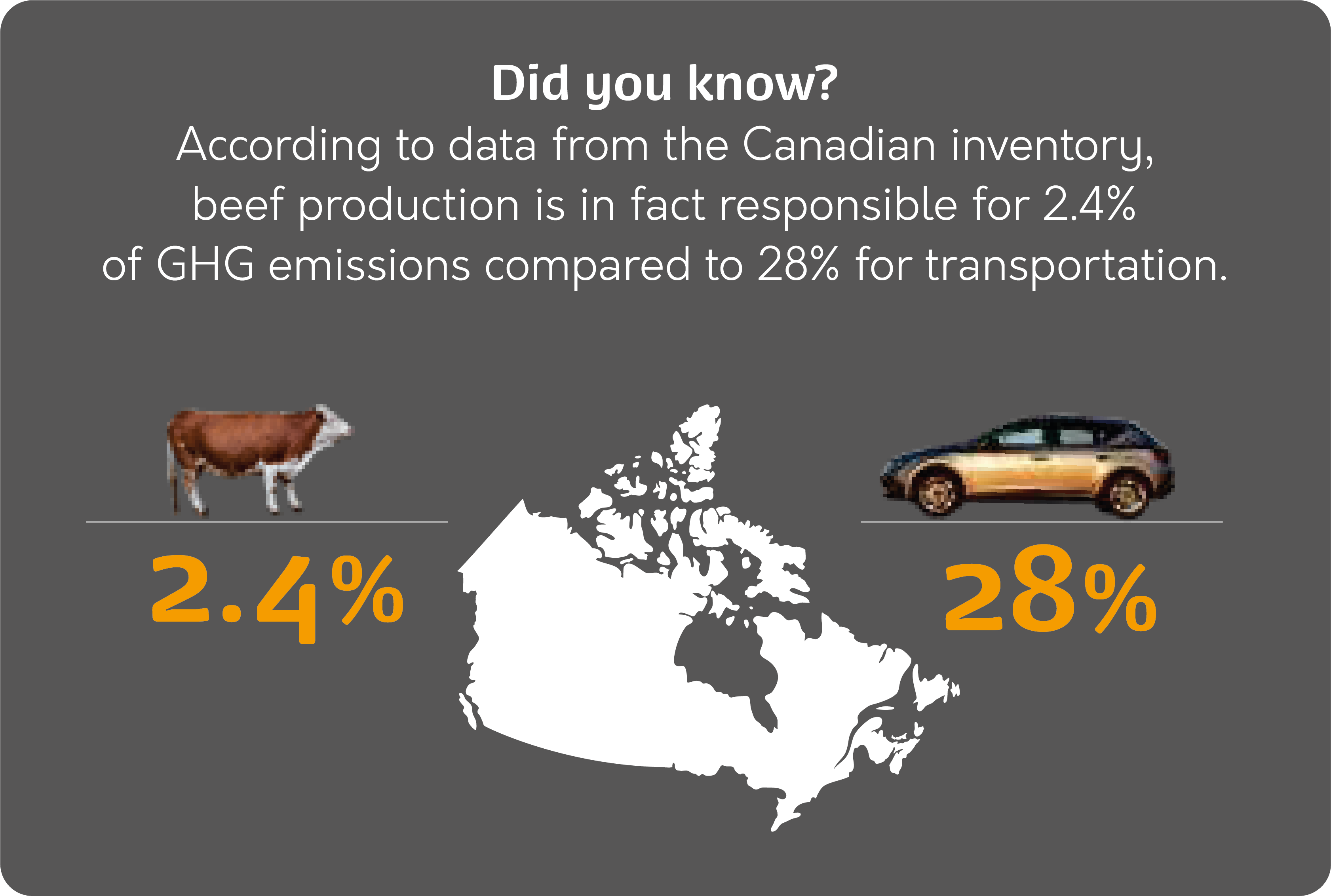
Water management
 When it comes to calculating the amount of water needed to produce a kilogram of beef, according to international standards, blue water must be considered.
When it comes to calculating the amount of water needed to produce a kilogram of beef, according to international standards, blue water must be considered.
Blue water includes surface water, groundwater, drinking water, irrigation water, and water used at the abattoir to produce one kilogram of beef. This category accounts for 3% of the total water consumed. Green water, which comes from rain and snow, accounts for 94% of the total. Grey water, which is the water needed to treat polluted water, accounts for the remaining 3%.
The facts
Data from recent Canadian studies indicate that 459 to 631 litres of blue water are consumed in the production of one kilogram of boneless beef. Raising cattle on pasture in Quebec requires no irrigation, which cuts down on the consumption of water resources.
Furthermore, Quebec farm producers are required to prevent any runoff at risk of entering watercourses during the storage and spreading of manure (Agricultural Operations Regulation).
It is true that…
… irrigation needs in Quebec and elsewhere in Canada may increase in the coming years in the context of climate change.
… the main sources of contamination in waterways identified by the Ministère de l’Environnement et de la Lutte contre les changements climatiques du Québec are municipal wastewater and solid and liquid manure from all types of livestock production.

Soil management and land use
Raising cattle does not contribute significantly to deforestation in Canada. Deforestation is also strictly regulated in Quebec. Much of the land on which cattle are raised would not be able to support crops for human consumption.
Importantly, cattle can convert feed that would otherwise end up in the landfill (e.g., waste from food facilities, distillers’ grains) into quality meat without endangering the animals’ health, thereby reducing food waste.
Beef and veal producers have reduced their farmland requirements by changing their animals’ diets and increasing crop yields.

 Biodiversity
Biodiversity
Sustainable soil management practices (including pasture rotation, turnout management, and grassland regeneration) help maintain plant species. Permanent grasslands foster biodiversity. Canadian pasture land teems with over 1,000 plant, animal, and insect species.
The Producteurs de bovins du Québec (PBQ) received financial assistance from the Ministère de l’Agriculture, des Pêcheries et de l’Alimentation du Québec through the Prime-Vert program for the “Programme biodiversité en production bovine” project.
The project runs from March 2022 to December 2024. Its purpose is to train and coach cattle producers on practices they can implement to foster habitats that support wildlife (including birds and pollinators) and increase biodiversity.
 Youtube
Youtube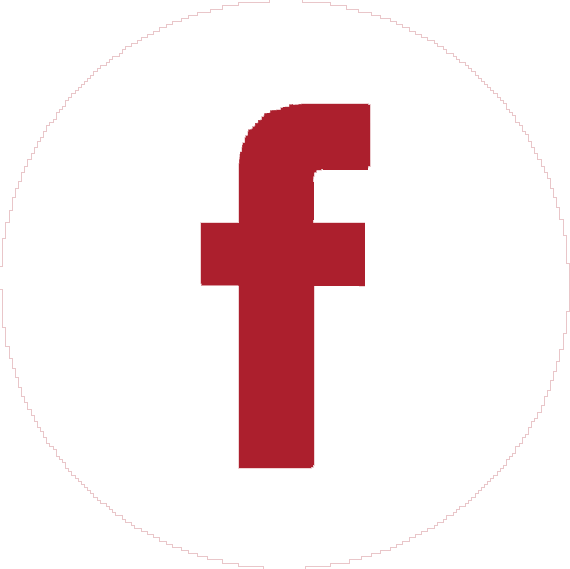 Facebook
Facebook